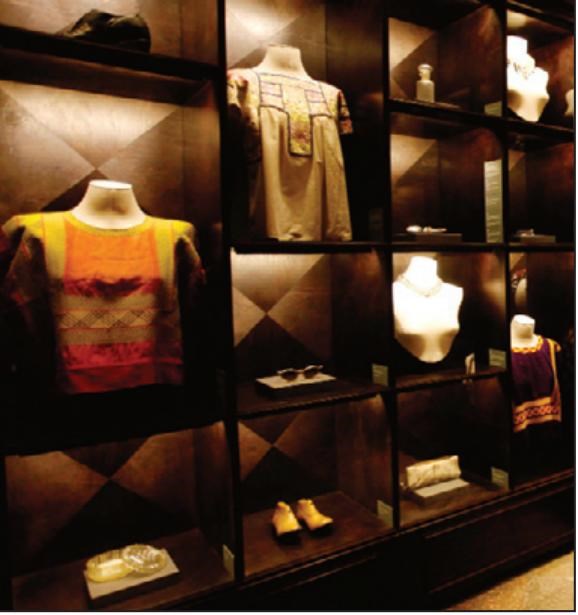For many foreigners, Mexico City invokes images of urban chaos, choking air pollution and pervasive street crime. And it can be an intimidating place for tourists, with maddeningly heavy traffic, a confusing public transportation system and neighbourhoods cut off from each other by multi-lane highways plowed through the centre of the city.
But the capital has changed radically in recent years, and almost entirely for the better.
Street crime and air pollution are down and the city's central neighbourhoods and parks are bustling, offering visitors days, even weeks, worth of sightseeing and attractions, much of it free.
This time of year, Mexico City also makes a good jumping-off destination for travellers heading to sunny beaches for winter getaways.
THE ZOCALO
The Zocalo was the centre of the Aztec island empire that became Mexico City after the Spanish conquest, and it remains the heart of the capital. The massive open plaza is bounded by Mexico City's main cathedral, along with the National Palace, which houses some federal government offices and the ruins of the Templo Mayor, which was the central temple of the ancient Aztecs. Entrance to the cathedral and part of the National Palace are free, and the Zocalo itself is filled with open-air entertainment, with street vendors, painted Aztec dancers, traditional healers and the occasional political demonstration all competing for attention. Much of the surrounding historic centre has been renovated and rehabilitated in recent years, with good window-shopping, architectural sightseeing and cafes offering a break from the clamour of the Zocalo.
SOUYMAYA MUSEUM
Another Mexico City can be seen in the ritzy Polanco neighbourhood, home to gleaming office towers, high-end restaurants and luxury boutiques. On the northern edge of the neighbourhood, billionaire Carlos Slim has erected the mirrored, mushroom-shaped Soumaya museum, home to six floors of Impressionists, Old Masters, Mexican muralists, anonymous Mesoamerican craftsmen and hundreds of other works. Open daily, 10: 30 a.m. to 6: 30 p.m.
CHAPULTEPEC PARK
One of Mexico City's recent changes for the better is a growing system of bike and pedestrian trails. The longest, an old railroad track known as the Fer-rocaril de Cuernavaca, stretches from the Soumaya Museum into Chapultepec Park, Mexico's Central Park. It's a long walk and stretches remain incomplete, but the energetic can make their way by foot into Chapultepec, a park divided between shady stretches of forest and more-developed plazas, fountains and sculpture gardens. On weekends, the northern end is crammed with vendors, entertainers and families out for the day. If you're lucky, you'll see a special patrol of Mexico City policemen mounted on horseback, wearing broad sombreros and toting revolvers.
Open daylight hours, every day except Monday.
COYOACAN
A former village south of central Mexico City, this charming neighbourhood of cobblestone streets, brightly painted colonial houses and tree-shaded plazas was home to Frida Kahlo, Diego Rivera and hundreds of other artists over the decades. Easily reachable by public transport, including the Viveros stop on the green No. 3 line (a ticket costs 20 cents), Coyoacan offers hours of walking and drifting in and out of art galleries and craft stores.
Its central square, the Plaza Hidalgo, is packed on weekends but still well worth a stop.
Throughout Coyoacan are kiosks offering free bicycle rentals; just leave an ID as a deposit.
VIVEROS
Less developed than Chapultepec Park, Viveros is a combination tree nursery and public park, with a popular jogging track around its edge. Cool and lushly green, it's a great place to stroll, look at beds of trees and flowers and people-watch.
The eastern edge of the park features an open-air gym and boxing area, with people sparring and performing feats of strength like climbing ropes and lifting cement blocks. Open daily 6 a.m. to 6: 30 p.m.


